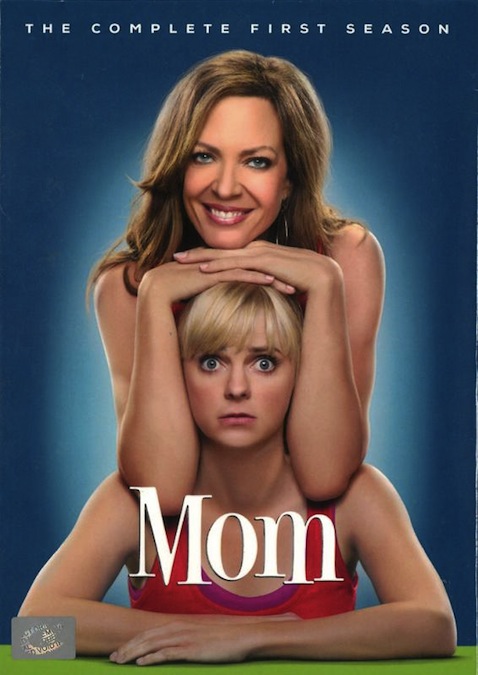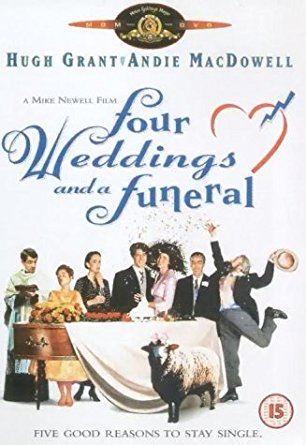Raising the level of academic achievement was the topic as Santa Barbara elementary school principals unveiled their strategies to do so last week. Each plan was developed by individual school site councils and presented to the Board of Education.
“We are developing these action plans so that we can directly address those things that are most critical to our student achievement,” interim Superintendent Brian Sarvis said.
Among the recurring themes were improving early intervention and focusing more on individual student needs, noted board president Lynn Rodriguez.
“In the years I’ve been involved as a parent in this district, I think those are two tremendous improvements that are going hand in hand with other things that we’re doing, so I hope parents can appreciate that as well,” she said.
Among the highlights of the presentations:
With 72 percent of its 600 students living below the poverty line, 78 percent minorities and 59 percent English learners, Adams maintains a full-time newcomers’ program for students who have been in the United States less than two years, with intensive instruction in English, reading, American culture and the educational system, principal Jo Ann Caines said. The school also offers a night program for parents.
Beginning in fourth grade, students are grouped by performance levels, with reevaluations every six weeks. Upper-grade teachers also specialize in one subject at a time rather than preparing for “39 subjects in the course of a week,” Caines said.
CESAR E. CHAVEZ DUAL LANGUAGE IMMERSION CHARTER SCHOOL
Principal Eva Neuer noted that one of the benefits of working at the small, 150-student school is that she gets to be a teaching principal.
“I’m in there teaching a reading group every day,” she said.
With 93 of the students classified as English Learners, reading is a priority, with a goal of developing biliterate, bicultural students with a strong academic and cultural foundation.
CLEVELAND SCHOOL
“We think that we’re one of the best-kept secrets in Santa Barbara,” principal Michael Vail said of the year-round campus, which consistently meets its academic performance test goals. Cleveland has 420 students, 95 percent of whom are Hispanic and 88 percent of whom are eligible for free and reduced lunches.
“Teachers assess student behavior as well as their own behaviors and look at test data in terms of our programs and the needs of their students,” said Vail, who meets personally with each of the students to review test scores.
“What the principal is doing is emphasizing to the student that the school is interested in their achievement,” he said. “It is only re-emphasizing what is going on in the classroom.”
FRANKLIN SCHOOL
“Progress is slow, but it’s steady,” said principal Carole Cowman, whose school met its test targets. With 63 percent of its 749 students identified as English learners, Franklin offers a newcomer program and has additional personnel for homework assistance and after-school tutorials.
Franklin also has an evening English-based tutoring program for students and parents.
Principal Marlyn M. Nicolas announced a goal to become a “distinguished school.” Of the 606 students, 87 percent are Hispanic and 55 percent are English learners, while 78 percent are classified as economically disadvantaged.
The school has met its academic performance targets, but Nicolas said there was a problem with a large number of kindergartners not being ready to go on to first grade. There are now two preschools on campus to help prepare children for kindergarten, and the length of the summer school session has been increased. After-school tutors are also available.
McKINLEY SCHOOL
Principal Juanita Carney said the school was celebrating its academic performance index scores. With 100 percent of the school’s 571 students qualifying as economically disadvantaged, McKinley met all of its academic target goals, except for those of special education students, which gave it program improvement school status.
With a 95 percent Hispanic population and 70 percent English learners, McKinley offers a newcomer pullout program for first- through third-graders.
Strategies for helping at-risk students include utilizing a student success team, composed of teachers, the principal and a special-education instructor.
“Teachers present each student they are concerned about being at grade level,” said Carney, and the team then comes up with a written plan for each student.
MONROE SCHOOL
Monroe met all of its academic performance goals last year, principal Brent Millhollen said. While there’s been improvement in student achievement test scores in all areas, he said he would particularly like to see math scores continue to rise.
“Our achievement in math is spotty, but we’ve now fallen in line,” said Millhollen, who thinks a new, computer-based mastery math program will help.
About a third of Monroe’s 526 students speak Spanish as their first language, with 54 percent falling in the economically disadvantaged category, which qualifies the school for Title I funds. Like most Title I schools, much of the money is used for additional personnel. There is an after-school homework center and teachers are available for tutoring.
OPEN ALTERNATIVE SCHOOL
Head teacher Gwen Phillips said reading and language arts were in a positive place at OAS, a parent cooperative and school of choice for kindergarten through eighth-graders.
OAS met all of its test targets and had a large growth in its academic performance index. Phillips said the school is working on ways to improve math because the standards have gotten more difficult.
“What we used to teach in fifth we teach in sixth,” she said. “Students seem to like the new math curriculum. We’re having students say that they love math.”
Of the 215 students enrolled last school year, 22 percent were economically disadvantaged, 5 percent were classified as English learners and 62 percent were white.
“Language arts is the challenge for us,” said principal Pat Morales, whose school has identified 40 percent of its students as English learners. “We do well in math.”
If students entering school are stronger in Spanish (the predominant language spoken by English Language Learner students), they begin in Spanish.
The student population is 47 percent Hispanic, 47 percent white, 3 percent Asian and 2 percent black.
To bring students up to grade-level proficiency, the school day has been extended until 4 p.m. for approximately 200 of the 720 students. In addition, a six-week summer school program is provided for students who are under performing.
ROOSEVELT SCHOOL
New principal Donna Ronzone said Roosevelt met — and actually exceeded — the statewide academic performance index target for the first time since the program’s inception. Like the district, however, Roosevelt is challenged with a significant gap between white and Hispanic test scores. The scores are all improving, but “we’re not accelerating the Hispanic group as much as we would like to,” she said.
Approximately 37 percent of the 530 students are Hispanic with 17 percent of the population classified as English learners.
In a sentiment echoed by other principals, Ronzone expressed some concern that with all the programs for both advanced students and underachievers, “there is nothing in place for the slightly average or below-average student. … Not all children that need help are in special ed.”
SANTA BARBARA COMMUNITY ACADEMY
The academy met some of its academic performance goals last year, but not all, said principal Joan Jamieson, who outlined how test scores will be improved for its 294 students.
The year-round school, which is 78 percent Hispanic, with 59 percent of the students classified as economically disadvantaged and 24 percent English learners, is open to all students in the Santa Barbara School District, but currently has more requests than spaces.
Students who are considered at-risk are offered before-and-after school tutoring in small groups, as well as intersession classes to help bring them up to grade level.
Meanwhile, Washington School did not make a presentation because principal Beatrice Cordeiro is on medical leave. Santa Barbara Charter School did not participate because it recently reviewed the same information with the board.
Junior high and high school principals will make their presentations Feb. 1.


 I did all of my best parenting before I had children.
I did all of my best parenting before I had children.
 (Compiled by Leslie Dinaberg and Daniel Okamura)
(Compiled by Leslie Dinaberg and Daniel Okamura)